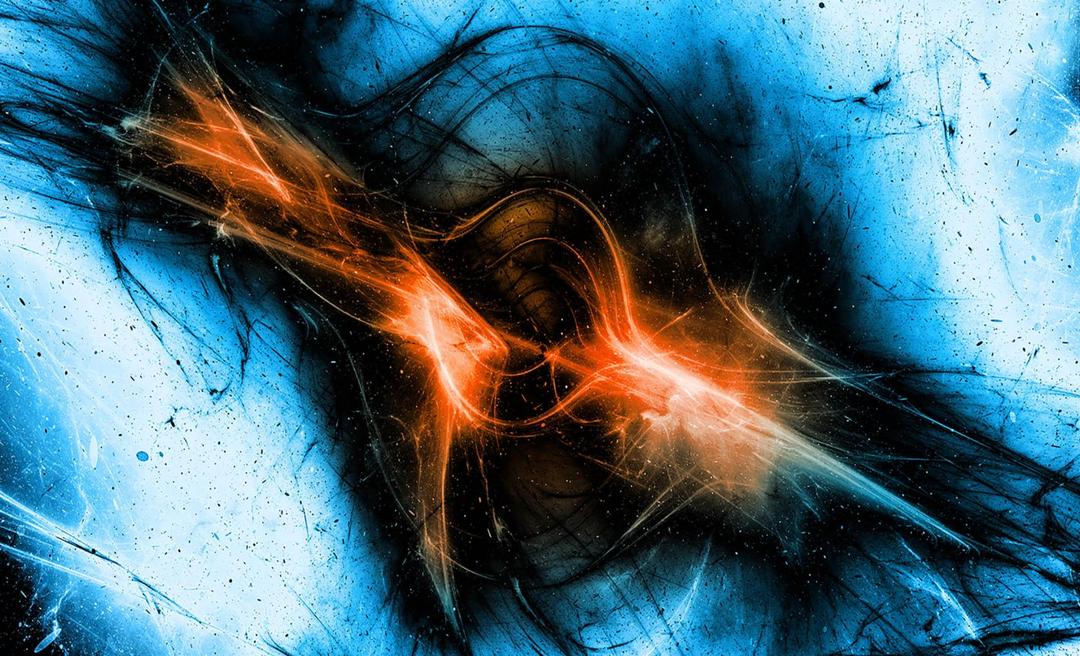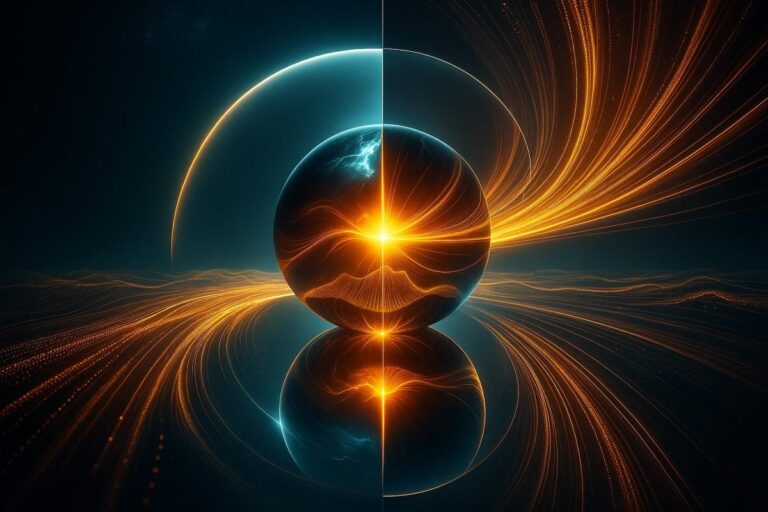The universe, a realm filled with mysteries, might be far older and different than we once believed. Rajendra Gupta, a physics professor at the University of Ottawa, challenges fundamental ideas in cosmology, proposing that the universe might not require dark matter or dark energy and is potentially 26.7 billion years old — almost double the currently accepted age of 13.8 billion years.
Rethinking the Universe: The CCC + Tired Light Model
Gupta’s theory merges two intriguing concepts: Covarying Coupling Constants (CCC) and Tired Light (TL). Traditionally, the constants of nature—like the speed of light—are believed to be unchanging. However, CCC suggests these constants might vary across time and space, altering how we interpret cosmic phenomena.
The Tired Light model offers another twist by suggesting that light loses energy over vast distances, causing redshift without needing an expanding universe. This contradicts the popular Big Bang theory, which uses expansion to explain redshift. Combining these theories, the CCC+TL model aims to offer new insights into galactic behavior, cosmic radiation, and the age of the universe.
Why Dark Matter Dominates Current Thinking
The concept of dark matter emerged in the 1930s when astronomer Fritz Zwicky observed galaxies moving in ways inconsistent with their visible mass. Since then, dark matter has been invoked to explain how galaxies remain intact and how light bends as it travels through space. Conventional models estimate that dark matter constitutes 27% of the universe, with dark energy driving its accelerated expansion.
A Bold Challenge to Established Cosmology
Gupta argues that the need for dark matter and dark energy may be a consequence of assuming unchanging physical laws. His study suggests that the universe’s apparent expansion could be due to the weakening of natural forces rather than the influence of dark energy.
By reanalyzing redshift data from distant galaxies, Gupta builds a case against the existence of dark matter. He believes his model aligns with known cosmic observations, offering a viable alternative to the Big Bang theory.
What’s Next for Cosmology?
Gupta’s theory invites new lines of inquiry into the formation of galaxies and the nature of cosmic radiation. However, it faces the challenge of providing predictions that can be tested through experiments and observations. Many scientists remain cautious, emphasizing the extensive data supporting the current understanding of the universe.
As researchers explore new theories and conduct experiments with advanced telescopes, our understanding of the universe may undergo radical shifts. Whether the CCC+TL model gains traction or sparks entirely new discoveries, Gupta’s work highlights the dynamic and evolving nature of cosmology.

















+ There are no comments
Add yours